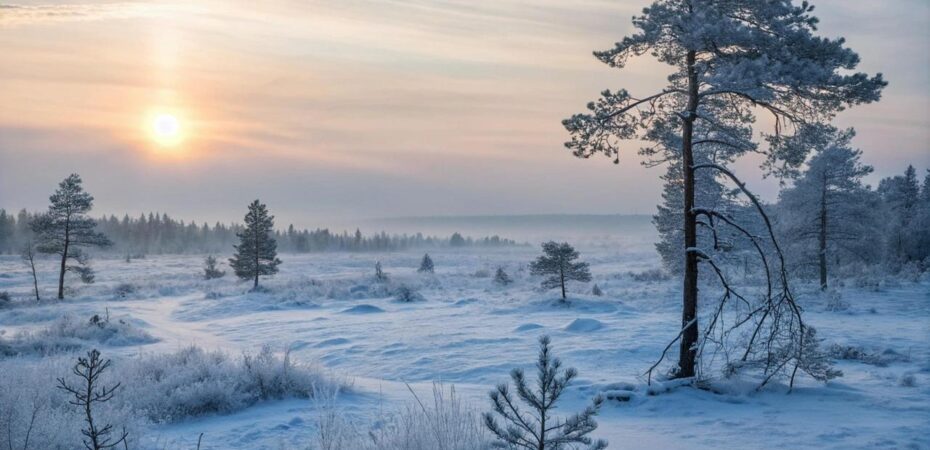Everything we see on the internet nowadays can be questioned. Whether it’s a picture, video, or voice recording, the odds that it is AI-generated content are pretty high. But this problem is more dominant in the travel niche. Some creators use deepfake technology to generate content that can mislead unsuspecting guests.
Imagine booking a trip to an “exotic location” because you saw pictures on an Instagram page, and upon getting there, you find something else. Reality will immediately dawn on you. You have just wasted your time, money, and effort. The dangers of deepfakes are numerous and can even lead to a more disastrous outcome if care is not taken.
So, in a time when anything could be AI, how do you tell what’s real? This article covers everything about spotting deepfakes and avoiding digital manipulation.
Why Deepfakes Are a Problem for Travelers
Since generative AI came onto the internet, thousands of travelers have fallen victim to deepfake content. But you may wonder, “How will a picture on Instagram or TikTok mislead you?” Not everyone is well-versed in media literacy or deepfakes. This puts them at risk of digital manipulation. Below are notable effects of deepfakes in the travel space:
Financial Scams
One of the leading problems of deepfakes is financial scams. Some travel platforms use deepfake tech to create photos and videos of hotels or destinations that aren’t even real, tricking travelers into spending money on fake trips.
Make-Believe Paradises
GenAI can be used to create the illusion of a “paradise away from home.” So, you might come across a place on the internet that looks too good to be true. However, it could be visually enhanced by AI or a completely fabricated image. Both cases can ruin travel experiences for tourists.
Erosion of Trust
The constant flow of deepfakes in the travel niche complicates traveling processes. Many people now find it hard to believe online reviews, travel ads, and other things they see on the internet. This makes them reluctant to commit financially.
Reality vs. Simulation: How to Spot Deepfakes
Deepfakes are looking more real as the day goes by. However, you can still spot AI-generated content. There are several tricks and techniques you can apply when you’re next looking at a travel image or going through websites. The table below points out the best ways to spot fake travel content online:
| Sign | What to Check | Why It Matters |
| Image details | Take your time to look for distortions, uneven shadows, or blurred edges in images. | Deepfake pictures cannot replicate human details accurately. |
| Metadata | Review the image file to check for creation and modification dates. | Real images show complete data, while deepfake tools are usually inaccurate. |
| Content source | Use tools like Google Lens or TinEye to reverse search and find the original source of visual content. | These tools indicate if the content is AI-generated or enhanced. |
| Unnatural perfection | Look out for overly vivid skies, flawless lighting, and any odd colors in the background. | Deepfake technologies focus more on excessive visual enhancement. |
| Inconsistent context | Browse through official tour websites or online maps to confirm images. | Real images are consistent across multiple sources online. |
The Impact of Technology on Travel
Technology is everywhere. It has made life easier and brought about new developments and opportunities. The travel space has also gotten faster and more accessible due to technology.
Online booking is now a thing. People can now go for virtual travel tours and get things done from anywhere. This has also made it easier for travel influencers to inspire millions to explore the world. However, these advancements come with a darker side.
Stunning “photos” of hidden destinations might be entirely AI-generated. Influencers could post videos from places they have never visited. Even promotional materials for hotels or attractions might exaggerate reality beyond recognition. This is a wake-up call, not always to trust what you see online. The picturesque waterfall or serene island retreat could be a carefully crafted illusion, designed to attract clicks or bookings.
Conclusion
Travel has always been about discovery. However, we are in an era where pixels can create entire worlds. The meaning of discovery is shifting. Deepfake technology challenges our ability to trust what we see, making it more important to question digital realities. It is time to view what we see online from another perspective. After all, the most meaningful journeys are the ones that exist beyond the screen, where reality can still surprise us.


 By
By 




